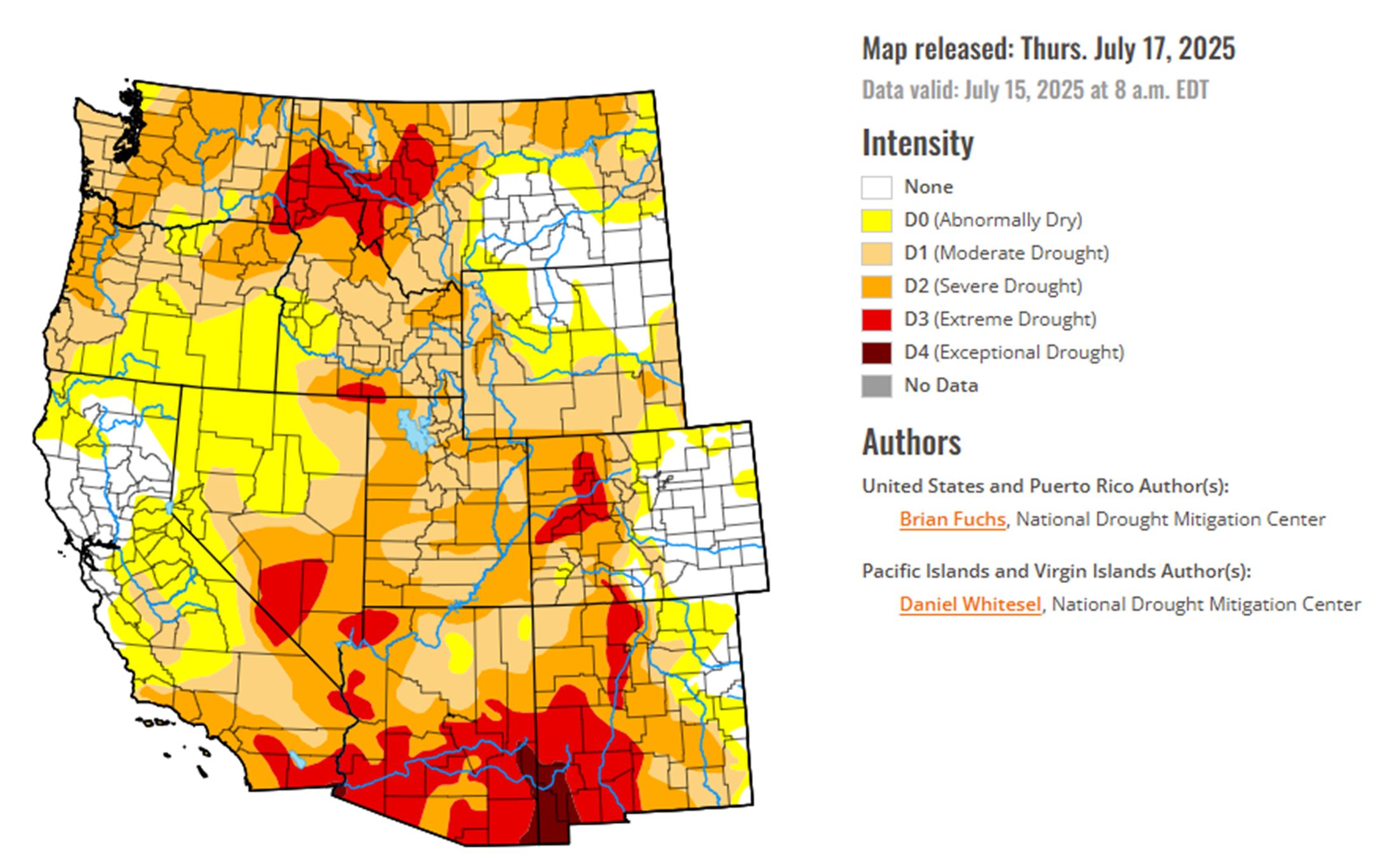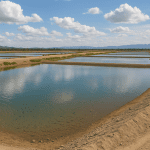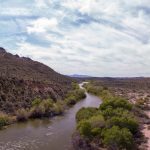- The Western U.S. saw record heat and expanding drought conditions this week.
- Arizona, Utah, and Colorado experienced some of the worst degradation.
- No drought improvements were reported across the West.
- A weak monsoon pattern offered little relief to the Southwest.
Saturday, July 19, 2025 — The United States Drought Monitor Report released on July 17, 2025 , paints a concerning picture of drought conditions across the nation, especially in the West. While parts of the southern Plains and Midwest received beneficial rains, most of the West baked under temperatures 4 to 6 degrees above normal. The worst heat was reported in Arizona and the Pacific Northwest.
, paints a concerning picture of drought conditions across the nation, especially in the West. While parts of the southern Plains and Midwest received beneficial rains, most of the West baked under temperatures 4 to 6 degrees above normal. The worst heat was reported in Arizona and the Pacific Northwest.
Across the rest of the country, rain and cooler weather in places like Texas and the Mid-Atlantic offered some improvement to dry conditions. But the long-term drought signal remains strong in southern Texas, where groundwater recharge continues to lag. Meanwhile, the Northeast experienced a wetter week, particularly from Virginia to Massachusetts, with some relief for abnormally dry areas.
For the arid West, particularly the seven states that make up the Colorado River Basin, the story is starkly different.
Arizona: Hottest and Still Dry.
Arizona faced some of the highest temperature departures this week, with much of the state 4 to 6 degrees above normal. Though monsoonal moisture was spotty in the region, it offered little help. No drought improvements were recorded anywhere in the state. Instead, the heat intensified existing dry conditions.
Utah: New Area of Extreme Drought Emerges.
In northern Utah, severe drought expanded, and “a new area of extreme drought was introduced,” according to the U.S. Drought Monitor . With warmer-than-average temperatures and little precipitation, drought conditions continue to intensify. The report noted no areas of improvement anywhere in the state.
. With warmer-than-average temperatures and little precipitation, drought conditions continue to intensify. The report noted no areas of improvement anywhere in the state.
Colorado: Western Slopes Under Stress.
Severe and extreme drought expanded over western Colorado. While the eastern half of the state received some localized rainfall, it was not enough to offset ongoing deficits. The west, particularly vulnerable due to its role as a headwaters state in the Colorado River system, is trending worse week over week.
Wyoming: Central Region Dries Out.
Moderate drought and abnormally dry conditions expanded across much of central Wyoming. The state saw almost no rainfall in key areas, and degradation of conditions was widespread. No parts of Wyoming saw improvement this week.
Nevada: More Expansion of Severe Drought.
Severe drought continued to expand in northeastern Nevada, an area already struggling with water shortages. While some parts of eastern Nevada experienced slightly cooler temperatures, the week remained largely dry. No improvement was recorded anywhere in the state.
California: Coast Holds, Inland Bakes.
California’s coastal areas remained closer to seasonal norms in both temperature and precipitation. However, inland regions—particularly in the southeastern deserts that touch the Colorado River—were significantly hotter than normal. The report states, “much of the area remained dry,” and no improvements were made on the drought map.
New Mexico: Heat Persists Despite Local Showers.
Eastern New Mexico was one of the few areas in the West to register below-normal temperatures. However, this was not enough to counteract the dryness. The majority of the state remained in drought, and spotty monsoonal showers failed to reverse the trend. Like its neighboring basin states, New Mexico experienced no improvements on the map.
No Relief in Sight.
Looking ahead, the forecast does not offer much hope for the West. The U.S. Drought Monitor notes that over the next five to seven days, “the southern Plains and the West will be dry with only a burst in monsoonal moisture over the Four Corners region.” In the longer-range 6–10 day outlook, the West is projected to continue with above-normal temperatures and below-normal precipitation, especially in the Great Basin.
As water managers across the Colorado River Basin continue to grapple with long-term supply issues, this week’s report reinforces just how critical the summer monsoon season will be—and how little relief has come so far.




